Bielefeld – a city that exists!
Times and eras have all mixed up in the provincial Bielefeld. On the one hand, in a town with 800 years of history, located at the foot of Sparrenburg fortress in the thick of Teutoburg Forest, medieval spirit reigns. You can feel it watching gothic spires of churches and tracery façades of old houses. On the other hand, modern and active life boils in Bielefeld: two large universities stand next to the country-wide known medical centre. Hundreds of people come here every day. Among them are those who want to disclose the so-called Bielefeld conspiracy – an internet meme, according to which this town does not exist…
Cafes, bars and restaurants in Bielefeld
Отели города Bielefeld
See all
Restaurants
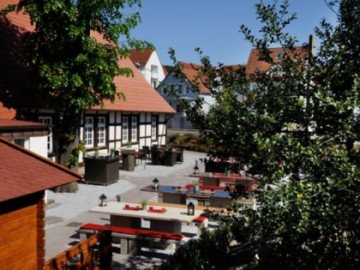
1550
Restaurant • Catering
Payment methods:
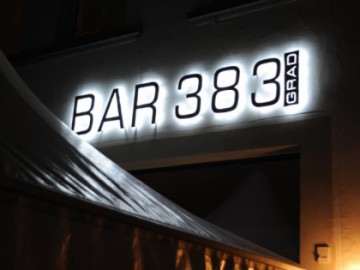
383 GRAD
Bar • Wine bar • Catering
+49 521 94987261
Payment methods:
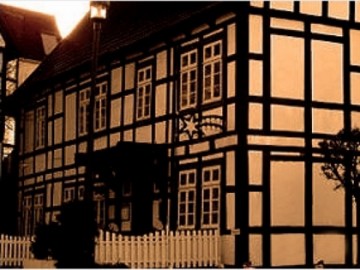
Bonne Auberge
Restaurant • Biergarten • Wine bar • Catering
+49 521 81668
Payment methods:
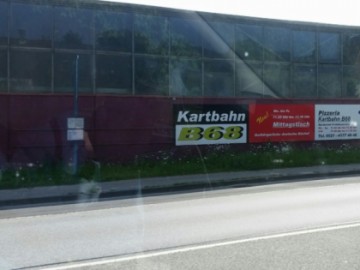
Kartbahn B68
Bistro • Bar • Pizzeria
+49 521 451225
Payment methods:
All sights in BielefeldSee all
Landmarks in the city Bielefeld

Sparrenburg Fortress
Castles, Fortresses and Palaces
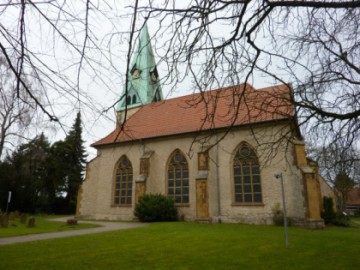
Peter and Paul Church
Architectural Monuments
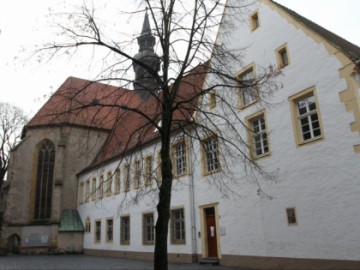
St. Jodokus Church
Architectural Monuments

Crüwell House
Architectural Monuments

Alter Markt
Other places

St. Mary Church
Architectural Monuments
Nearby


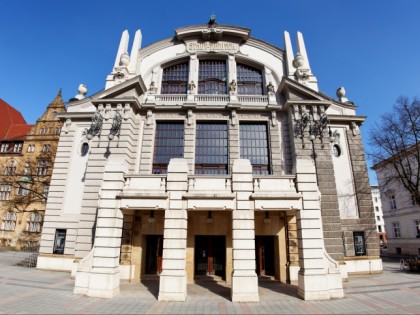




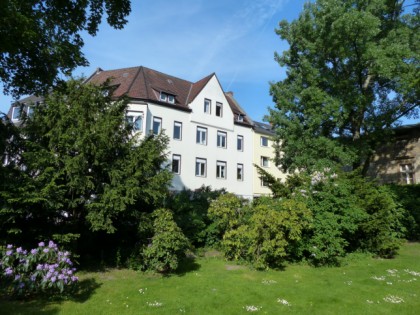
 Castles, Fortresses and Palaces
Castles, Fortresses and Palaces
 Architectural Monuments
Architectural Monuments
 Other places
Other places